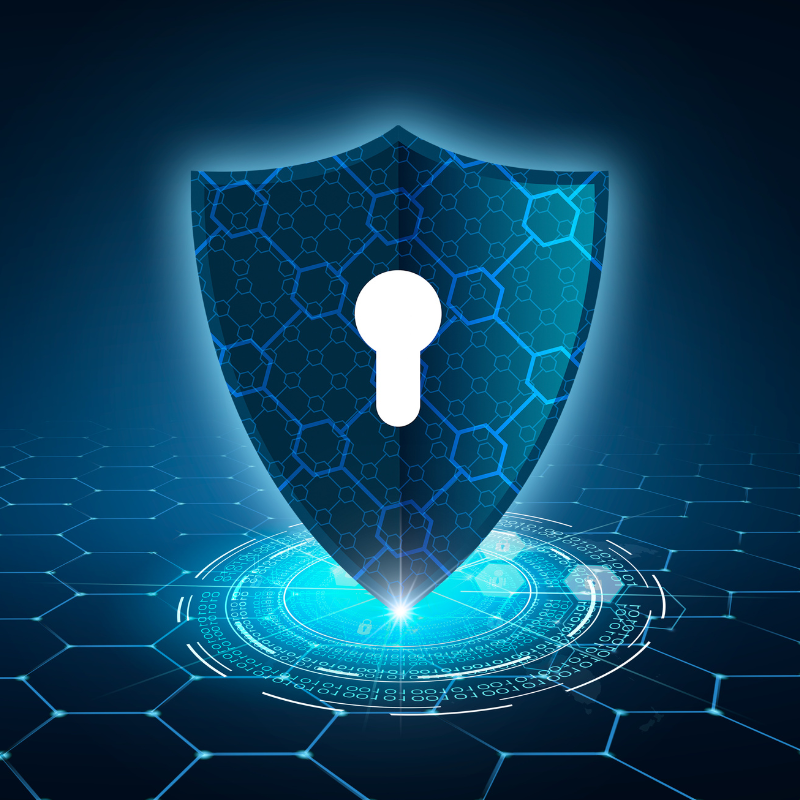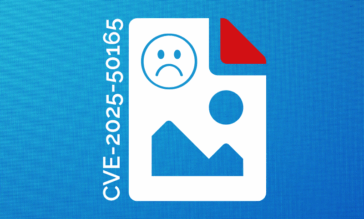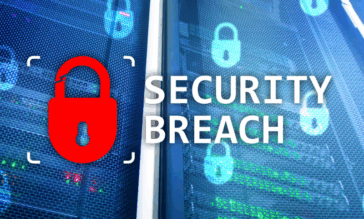NIS2 Unleashed: Rewriting the Rules of EU Cybersecurity

Regulatory landscapes are dynamic, continually evolving to keep pace with new and emerging threats in an increasingly interconnected world. Staying updated with these regulatory changes can be challenging for businesses, especially those with international clientele. It takes more than knowing what is involved in the new regulation; it takes understanding how to apply it to the business environment.
The NIS2 Directive is a prime example of such evolution. Passed by the European Union in 2022 and enforced from January 2023, NIS2 updates and expands upon its predecessor to provide a more comprehensive framework for cybersecurity across member states, addressing modern digital threats more effectively.
What is the NIS2 Directive?
The NIS2 Directive significantly advances the European Union’s (EU) cybersecurity approach. As an update to the original NIS Directive, NIS2 addresses the evolving challenges in digital security, reflecting the need for more robust measures in the face of increased cyber threats.
Its primary goal is to enhance the overall level of security for networks and information systems across the EU. The directive mandates that member states implement it into their national laws, creating a cohesive and uniform approach to cybersecurity. This ensures that all member states have a standardized framework to protect against, respond to, and recover from cyber incidents, fostering a safer digital environment for citizens and businesses across the union.
What Does NIS2 Cover?
The NIS2 Directive significantly broadens the scope of the original cybersecurity measures to include more sectors and digital services, intensifying the EU’s commitment to cyber resilience. It mandates robust risk management practices alongside strict reporting obligations to ensure that entities are proactive in their defense strategies and transparent in their operations.
The NIS2 Directive details specific technical measures required for enhanced security and effective incident response. This expansion increases accountability and enforces more stringent public reporting requirements, ensuring a high level of transparency across all covered sectors.
Who is Affected by NIS2?
The NIS2 Directive categorizes the entities it affects into several distinct groups, each critical to the EU’s economic and societal fabric:
- Essential Entities These include sectors fundamental to society’s functioning, such as utilities (water, energy), transportation (air, rail, maritime), banking, financial market infrastructures, and health sectors, including hospitals and medical devices.
- Important Entities This broader category includes postal and courier services, waste management, manufacturers of critical products, digital providers, and public administration, all vital for maintaining essential societal services.
- Digital Service Providers (DSPs) This group explicitly targets the backbone of digital commerce, including cloud computing services, online marketplaces, and search engines, which facilitate the vast majority of digital transactions and interactions in the modern economy.
- SMEs and NGOs The directive applies to small and medium-sized enterprises and non-governmental organizations that operate within these critical sectors, underscoring its comprehensive reach and ensuring robust cybersecurity practices across all operational scales.
What are the Key Cybersecurity Measures?
Effective cybersecurity hinges on several preventive measures:
- Risk analysis and mitigation involve thorough assessments to identify and counteract potential threats.
- This is complemented by rigorous authentication and access control measures, ensuring that only authorized personnel can access sensitive systems.
- Moreover, regular updates and patch management are vital, keeping systems secure against newly discovered vulnerabilities.
- Finally, employee training and awareness programs are essential, equipping staff with the knowledge and skills to recognize and respond to security threats, thus bolstering the organization’s overall cybersecurity posture.
Protective measures also play a critical role in fortifying cybersecurity defenses:
- Data encryption is essential, safeguarding sensitive information when stored and transmitted. This ensures that data remains secure from unauthorized access at all times.
- Additionally, strengthening the software supply chain is vital to prevent vulnerabilities that could be exploited by cyber threats. These measures help shield the integrity and confidentiality of data, protecting it against potential security breaches.
To round out the security, responsive measures manage and mitigate risks post-incident:
- Developing robust incident response protocols allows organizations to quickly and effectively address breaches, minimizing damage and restoring operations.
- Ensuring system resilience is vital; it prepares systems to withstand disruptions and recover promptly, maintaining continuity.
- Continuous monitoring and detection are also essential, enabling real-time surveillance of systems to swiftly identify and respond to unusual activities, thus securing the infrastructure against ongoing threats.
What are the Penalties of Non-compliance with NIS2?
The NIS2 Directive enforces strict penalties for non-compliance to ensure adherence to cybersecurity regulations. Entities face substantial fines, which may be calculated based on a percentage of their global turnover, much like GDPR. Regulatory actions can also be imposed, including audits, inspections, and mandatory corrective orders to remedy security shortcomings.
Non-compliance may result in significant reputational damage due to public disclosure of breaches, potentially eroding trust among customers and partners. In severe cases, operational restrictions or even a cessation of business activities could be enforced, profoundly impacting the organization’s functionality and market presence.
How to Prepare for NIS2
Preparing for the NIS2 Directive involves a strategic approach to enhance organizational cybersecurity practices. Organizations should focus on establishing a comprehensive cybersecurity governance framework encompassing all aspects of security management. It’s crucial to align current cybersecurity practices with the stringent requirements of NIS2, ensuring full compliance. Additionally, educating all levels of staff about the implications and specific practices under NIS2 is essential for an informed and responsive workforce. Engaging with cybersecurity experts can also provide valuable insights, helping to effectively refine strategies and compliance measures.
First Steps for NIS2 Preparation
Preparing for NIS2 is not complicated and involves a reflective evaluation of the business and its security posture. In many cases, these steps may build off compliance assessments for other regulations that are already complete:
- Begin with a thorough gap analysis to evaluate how cybersecurity practices measure against NIS2 standards.
- Based on this assessment, develop a comprehensive action plan to address deficiencies and seamlessly integrate the new requirements.
- Form a dedicated team explicitly overseeing the NIS2 transition and ensuring ongoing compliance.
It’s crucial to initiate dialogue with national authorities and industry partners to align on compliance strategies and share best practices. This foundational work sets the stage for successful adaptation to NIS2.
How to Meet NIS2 Data Security Requirements with Votiro DDR
Votiro’s advanced Data Detection and Response (DDR) platform offers an effective solution for organizations seeking to meet the stringent mandates of the NIS2 Directive. With its Zero Trust architecture and proactive content disarm and reconstruction (CDR) capabilities, Votiro ensures that all data—in transit or at rest—is scrutinized and sanitized of potential threats before they can cause harm. This approach helps adhere to the NIS2 requirements for robust risk management and incident response.
Votiro DDR also enhances overall system resilience and data integrity, which is essential for maintaining compliance and safeguarding sensitive information within the regulatory framework of NIS2.
Explore how Votiro can transform your security strategy and prepare your organization for the NIS2 Directive. Sign up for a one-on-one demo or try our platform for 30 days.
News you can use
Stay up-to-date on the latest industry news and get all the insights you need to navigate the cybersecurity world like a pro. It's as easy as using that form to the right. No catch. Just click, fill, subscribe, and sit back as the information comes to you.
Sign-up Here!
Subscribe to our newsletter for real-time insights about the cybersecurity industry.



